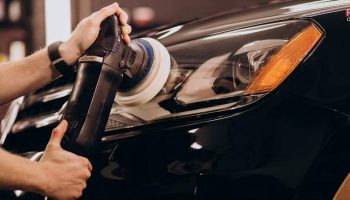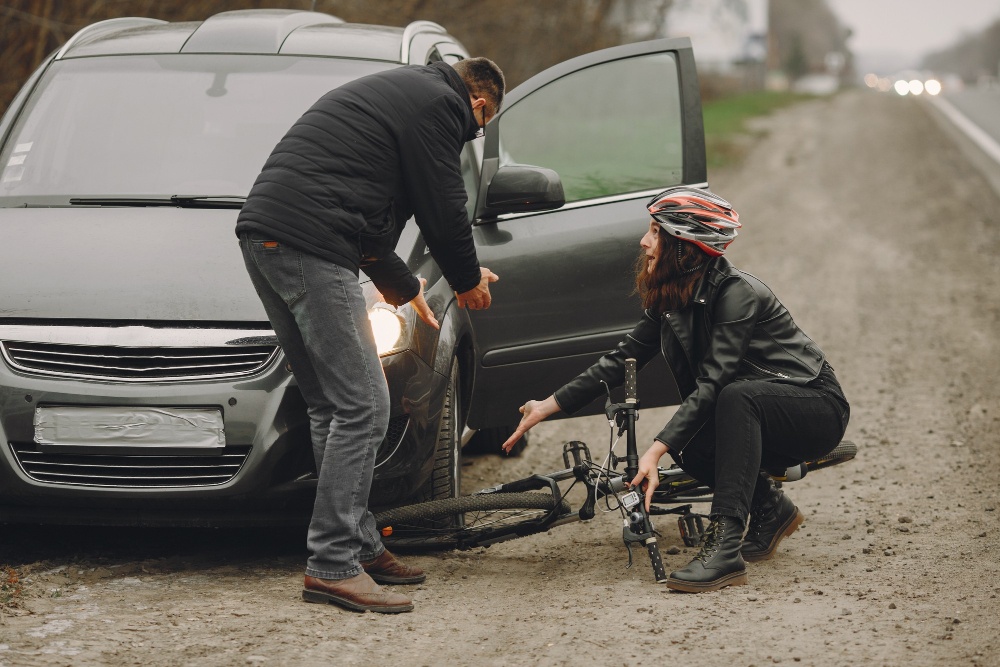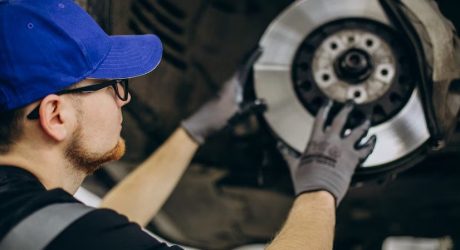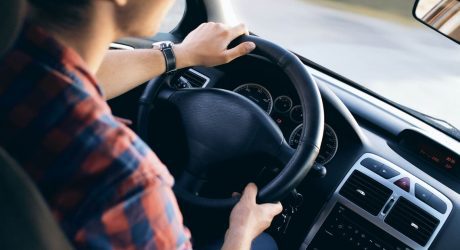Bicycling is not only a fun and eco-friendly mode of transportation but also a fantastic way to stay active and explore your surroundings. However, before hitting the road or trail, bicycle accident attorneys in Austin note the importance of ensuring that your bicycle is in good working condition to minimize the risk of accidents or mechanical failures. In this comprehensive guide, we’ll cover essential tips for checking and maintaining your bike to ensure it’s safe to ride.
Tips to Ensure Bicycle Safety!
If you are looking for tips to ensure you have a safe and happy bicycle ride, we have you covered! Here are some of the things that you should be keeping in mind:
1. Inspect the Frame and Components
Start by visually inspecting the frame and components of your bicycle for any signs of damage or wear. Look for cracks, dents, or rust on the frame, handlebars, fork, and wheels. Check that bolts and fasteners are tight and secure, and replace any damaged or worn-out parts as needed. Pay special attention to critical components such as brakes, gears, and tires, which directly affect the safety and performance of your bike.
2. Check the Brakes
Properly functioning brakes are essential for safe cycling. Test your brakes before going on a ride. You can do so by squeezing the brake levers. This will help to ensure they engage smoothly and stop the bike effectively. You should also check brake pads for any sort of wear and tear and replace them if they are worn down or damaged. Additionally, inspect brake cables and housing for signs of fraying or corrosion and lubricate them if necessary to ensure smooth operation.
3. Examine the Tires and Wheels
Inspect your tires for signs of wear, damage, or punctures. Check the tread depth and sidewalls for cracks or bulges, and ensure the tires are properly inflated to the recommended pressure listed on the sidewall. Inspect the wheels for any loose or broken spokes, and spin them to check for wobbles or unevenness. If necessary, try the wheels or replace damaged spokes to ensure a smooth and stable ride.
4. Lubricate Moving Parts
Regular lubrication of moving parts is essential for maintaining the smooth and efficient operation of your bike. Apply lubricant to the chain, derailleur pulleys, cables, and pivot points of brakes and derailleurs to reduce friction and prevent premature wear. Wipe off any excess lubricant to avoid attracting dirt and debris, which can cause components to become clogged or malfunction.
5. Adjust Gears and Shifters
Ensure that your bike’s gears and shifters are properly adjusted for smooth and precise shifting. Test each gear combination to make sure the chain moves smoothly between gears without skipping or slipping. If you notice any issues with shifting, such as hesitation or difficulty changing gears, adjust cable tension or seek professional assistance to fine-tune the drivetrain.
6. Check the Headset and Handlebars
Inspect the headset and handlebars for any looseness or play. Grasp the front brake and gently rock the bike back and forth to check for movement in the headset bearings. Tighten the headset if necessary to eliminate any play. Check that the handlebars are securely attached to the stem and aligned properly with the front wheel, and adjust as needed for comfort and control.
7. Test the Lights and Reflectors
If you ride your bike during low-light conditions or at night, ensure that your lights and reflectors are functioning correctly. Check that headlights and taillights are bright and visible, and replace batteries or bulbs as needed. Verify that reflectors are clean and properly positioned on the front, rear, and sides of your bike to enhance visibility to motorists and other cyclists.
8. Inspect the Pedals and Crankset
Check the pedals and crankset for any signs of wear or damage, such as bent or cracked crank arms or loose pedal bearings. Ensure that pedals are securely attached to the crank arms and rotate smoothly without excessive play. Lubricate pedal threads and crank bearings as needed to maintain smooth operation and prevent corrosion.
9. Adjust Saddle and Handlebar Height
Proper bike fit is essential for comfort, control, and injury prevention. Adjust the saddle height so that your legs are almost fully extended at the bottom of the pedal stroke, with a slight bend in the knees. Ensure that the handlebar height and reach are comfortable and allow for a relaxed riding position without straining your back or shoulders.
10. Test Ride Your Bike
After performing these checks and adjustments, take your bike for a test ride to ensure that everything is working correctly. Pay attention to how the bike handles, brakes, and shifts gears, and address any issues or abnormalities before embarking on longer rides or more challenging terrain.
Things To Do If You Are In A Bicycle Accident
According to the NHTSA, there were 846 bicyclist fatalities and 47,000 bicyclist injuries in traffic crashes in 2019. Moreover, many bicycle accidents go unreported or underreported. So, the actual numbers may be higher.
If you are involved in a bicycle accident, you may suffer from physical, emotional, and financial damages. Therefore, knowing what to do after a bicycle accident is important to protect yourself and your rights. In this part of the article, we will share some things that you should do if you are in a bicycle accident.
So, scroll down to learn more…
1. Check Yourself and Others for Injuries
The first thing that you should do after a bicycle accident is to check yourself and others for injuries. If you or anyone else is seriously injured, call 911 immediately and request medical assistance.
Do not move yourself or anyone else unless it is necessary to avoid further harm. If you are not seriously injured, move yourself and your bicycle to a safe place away from traffic.
2. Call the Police and File a Report
The second thing you should do is call the police and file a report. The police report is a vital document that can provide evidence and information about the accident. These include things like the date and time of the accident, the exact or approximate location, details about the parties involved, the witnesses, and the circumstances.
The police report can also help you establish liability and fault for the accident. Therefore, you should cooperate with the police and provide them with accurate and honest information. However, you should avoid admitting or accepting any blame or responsibility for the accident, as this can affect your legal rights and compensation.
3. Exchange Information and Contact Details
Thirdly, exchange information and contact details with the other party or parties involved. This may include the vehicle’s driver, the vehicle’s owner, the vehicle, the insurance company of the vehicle, and any witnesses. The information and contact details that you should exchange are.
- Name, address, phone number, and email address.
- Driver’s license number and state of issuance.
- Vehicle registration number and state of issuance.
- Provide the insurance company name, policy number, and contact information.
- Witness name, address, phone number, and email address.
You should also take photos or videos of the accident scene, the damage to your bicycle and the vehicle, the injuries to yourself and others, and any other relevant details.
4. Seek Medical Attention and Follow Up
The fourth thing that you should do after a bicycle accident is to seek medical attention and follow-up. Even if you do not feel any pain or discomfort, you should still see a doctor as soon as possible after the accident.
Some injuries may not show up immediately or may worsen over time, such as concussions, internal bleeding, or soft tissue damage. Therefore, you should get a thorough medical examination and diagnosis and follow the doctor’s advice and treatment plan.
You should also record all your medical bills, receipts, prescriptions, and reports, as these can serve as evidence of your injuries and expenses. You should also document your recovery process, such as the pain and suffering, the impact on your daily life, and the loss of income or earning capacity.
5. Consult a Bicycle Accident Lawyer
The fifth and final thing you should do after a bicycle accident is to consult a bicycle accident lawyer. A bicycle accident lawyer is a legal professional who specializes in handling bicycle accident cases and claims. They can help you.
- Understand your legal rights and options.
- Investigate the cause and liability of the accident.
- Negotiate with the insurance company and other parties.
- File and litigate your claim or lawsuit.
- Obtain the maximum compensation that you deserve.
Therefore, you should not hesitate to contact a bicycle accident lawyer as soon as possible after the accident. They can offer you a free consultation and a contingency fee arrangement, meaning that you do not have to pay anything unless they win your case.
Bottom Line
Regular maintenance and safety checks are essential for ensuring that your bicycle is safe to ride and performing optimally. By following these comprehensive guidelines and performing routine inspections and adjustments, you can enjoy a smooth, comfortable, and safe cycling experience every time you hit the road or trail. Remember that proper maintenance not only enhances safety but also prolongs the lifespan of your bike and ensures years of enjoyable riding ahead.
Read Also:




























